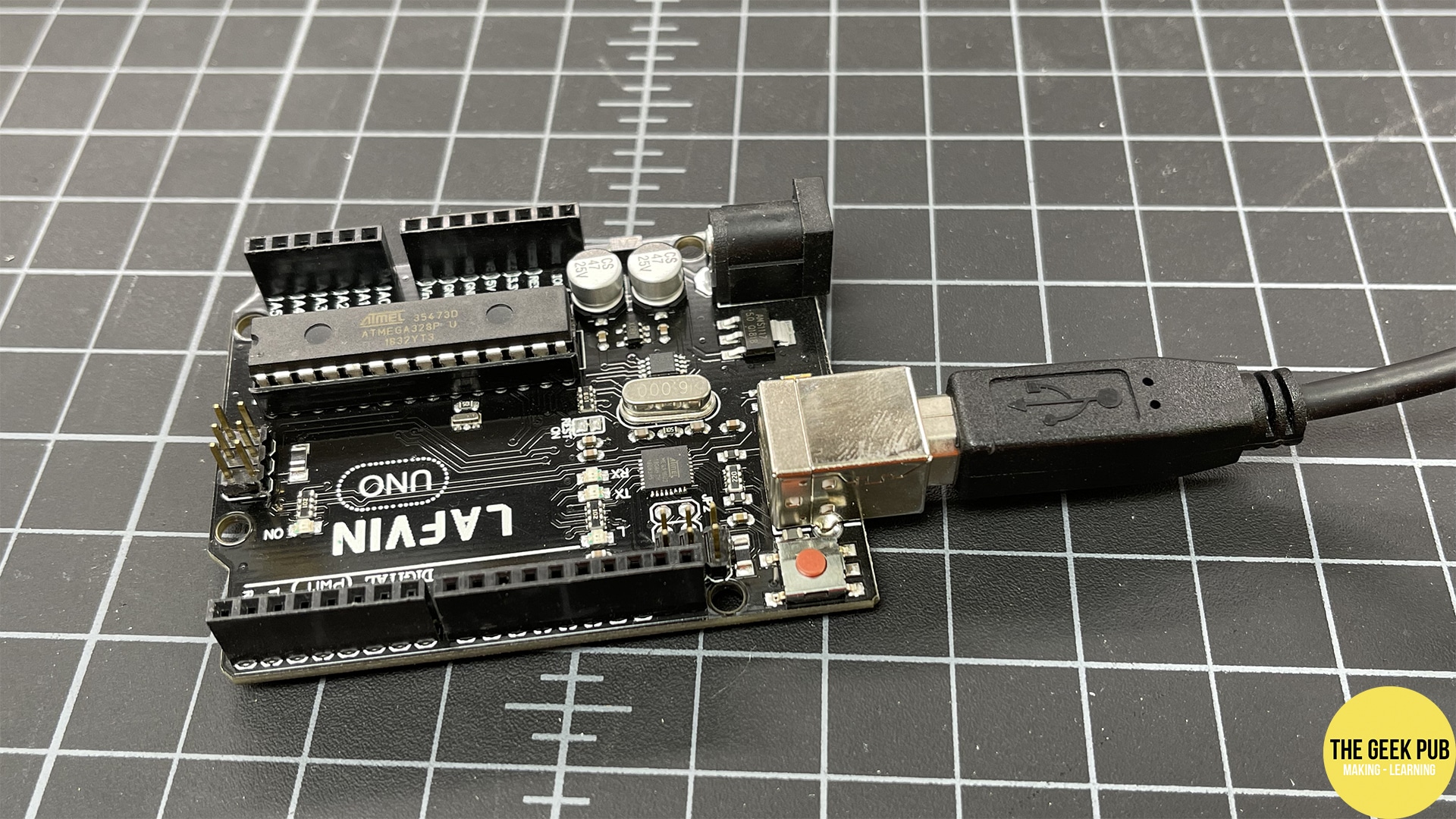Most orders for IN STOCK items placed by 12PM CST M-F ship SAME DAY. Orders for custom items and prints may take additional time to process.
Now that you have the Arduino IDE installed, it’s time to move on to getting your hardware prepped. For many this means purchasing the hardware! There are several ways to go. You could buy a kit (highly recommended), or if money is tight you can just buy the components you need to get started: an Arduino, a USB cable, and a sensor or two. If you already have the hardware then you can skip the list and go to the Arduino hardware preparation section below.
Also, you may want to check out the Arduino Sensor Wiki to see a list of all the sensors you can get for the platform.
We highly recommend that most people start off with an Arduino starter kit. This is the fastest way to get everything you’ll need for this hobby! Here’s our three favorite kits:
| QTY | PART/LINK | ||
|---|---|---|---|
| 1X | Official Arduino Starter Kit (Arduino’s own kit) | ||
| 1X | Elegoo Small Starter Kit (Smaller kit) | ||
| 1X | Elegoo Ultimate Starter Kit (Larger Kit) |
If you’re looking for a standalone Arduino, without the kit then you’ll most likely want to buy at least these basics:
| QTY | PART/LINK | ||
|---|---|---|---|
| 1X | Arduino Uno Development Board (just the board) | ||
| 1X | USB Cable (connect Uno to PC or Mac) | ||
| 1X | Solderless Breadboard (No solder board to add your sensors) | ||
| 1X | Jumper Wire Assortment (No solder wires to connect your sensors) |

In addition to the Arduino, you’ll most likely want a few basic components and sensors to get started with your project. At the bare minimum we recommend some buttons or switches, and some LEDs.
Also, you may want to check out the Arduino Sensor Wiki to see a list of all the sensors you can get for Arduinos. There are some really cool sensors available!
| QTY | PART/LINK | ||
|---|---|---|---|
| 1X | Button (momentary) | ||
| 1X | Switch (latching) | ||
| 1X | LEDs (assortment kit of 5 colors) | ||
| 1X | Keypad (membrane keypad 4×4) | ||
| 1X | Piezo Buzzer (makes noises, buzzes) | ||
| 1X | Ultrasonic Sensor (to measure distances) | ||
| 1X | Stepper Motor (provides motion to your projects) | ||
| 1X | Potentiometer (variable resistance) | ||
| 1X | Rotary Encoder (input selection) | ||
| 1X | Relay (control high voltage devices) | ||
| 1X | Light Sensor (sense light or dark) | ||
| 1X | Touch Sensor (sense human touch) |
In your Arduino hardware preparation, you should also consider some basic tools to get you started.
| QTY | TOOL/LINK | ||
|---|---|---|---|
| 1X | Digital Multimeter (Beginner version) | ||
| 1X | Soldering Iron (some components will require soldering) | ||
| 1X | Small Screwdriver Set | ||
| 1X | Wire Cutter/Stripper |
Some of these links are affiliates. If you use them it costs you nothing, but we get a small commissions and that helps us keep making content for you!
Once you get your Arduino hardware purchased and prepared, its time to plug it into your PC or Mac. Plug the USB Type B connector into your Arduino Uno, and the USB Type A connector Into your PC or Mac.

Note: Please install the Arduino IDE before plugging in your Arduino. The IDE installation installs the proper USB drivers.
Its time to move on to the next step! From here you can:

If you like our content maybe consider upgrading to Premium. You’ll get access to